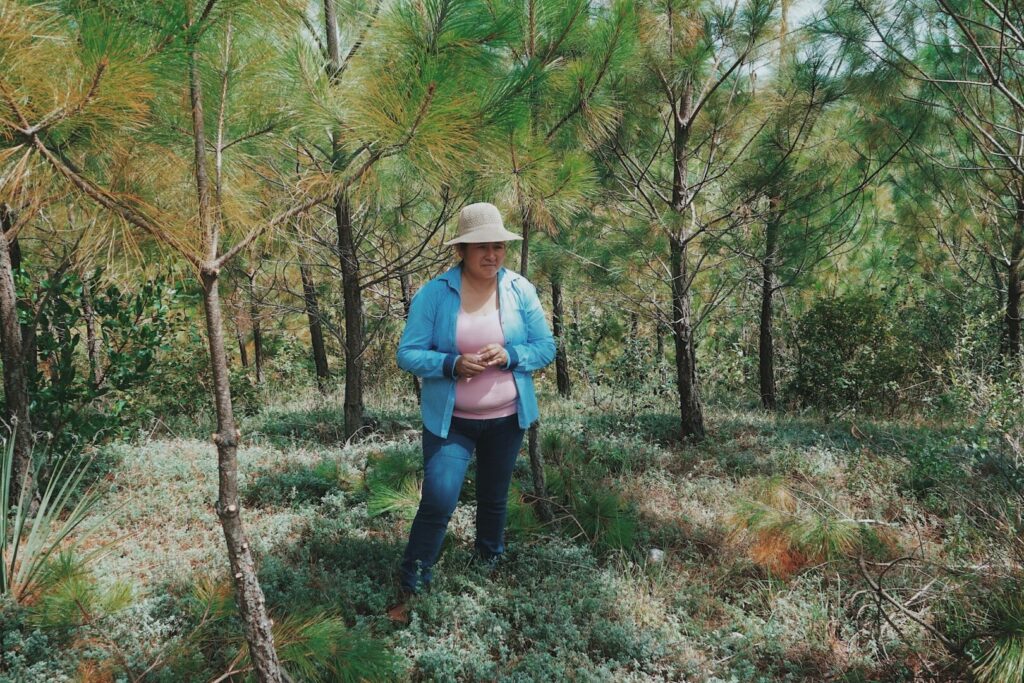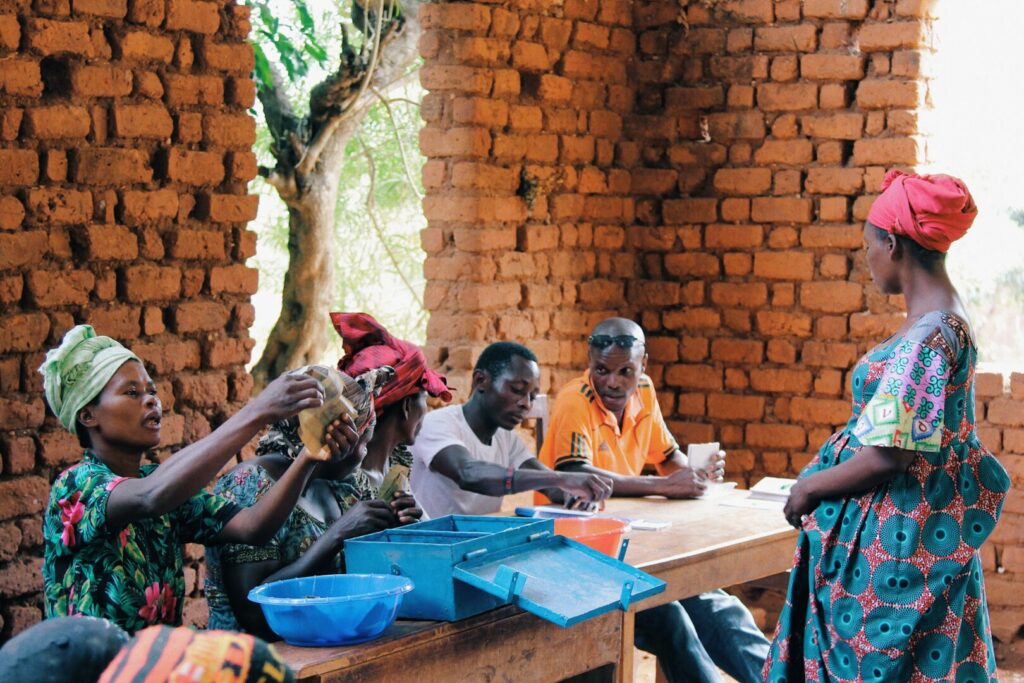As global heatwaves increase it is the poor who suffer the most. Two months ago, South Asia faced a lethal, record-breaking heatwave that many took as a warning for what, in light of climate change, could become increasingly normal.
India and Pakistan and their 1.5 billion residents bore the brunt of the excessive temperatures. Jacobad, Pakistan saw daytime temperatures of over 120º F, with temperatures remaining in the 90’s throughout the night.
India reported 25 fatalities, and Pakistan tallied 65. Many of the victims were elderly or in a state of vulnerable health. Those numbers only account for the direct deaths, but these heatwaves also resulted in many other catastrophes. The demand for electricity resulted in two-thirds of Indian homes losing power and Pakistan experiencing up to 12 hours without power. These failures often cut access to water.

As a Christian organization, the devastation brought about by these global heatwaves only underscore the moral urgency we have to address our climate crisis. This is not only required by our call to be stewards of God’s creation, but also by our aim to love our neighbors and to care for the most vulnerable.
Climate change and poverty are inseparable. While climate change affects the whole world, the communities that suffer disproportionately from inhospitable climate conditions are among those with the highest poverty rates. Like in South Asia, it is the most marginalized and physically vulnerable members of society who suffer the most during global heatwaves.
As many of the world’s countries with the highest poverty pay the price for the excessive emissions of wealthier nations, lethal heatwaves are projected to become more common. Climate change’s other effects on vulnerable communities include increased threats to physical health, food security, water access, and exacerbated poverty. This year’s South Asian heatwave devastated crops and triggered a surge in heat-strokes and other related illnesses. Meanwhile, smallholder farmers and low-income workers struggle to find work due to crop loss and a cessation in activities.
With 800 million people living in poverty, and around 84% of them living in rural areas, these sorts of experiences highlight the inseparable nature of poverty and climate change as two problems with intertwined roots.
More actors than ever are ready to make major investments in curbing climate change, from NGOs to governments to tech companies and investors. However, our search for climate solutions should not overlook the importance of including marginalized and climate vulnerable communities in the discussion. For a long time, economic security and environmental health have been portrayed as mutually exclusive options. The lived experiences of 800 million people suggest the exact opposite is true. You don’t have to choose between one or the other, but in order to have a meaningful impact, you must pursue them both.

The good news is that there exists many, ready-to-implement solutions that are both positive climate actions and extremely beneficial for the livelihoods of those living in rural poverty. Many of these are hallmark activities in Plant With Purpose’s international program.
Take agroforestry, for example. The practice of strategically interspersing trees among crops maximizes the benefits of both species through their interactions in the soil and the stability the tree provides through its roots and shade. This practice motivates many rural communities to take on tree-planting more proactively after seeing the benefit they provide to crop growth. They are further motivated to resist deforestation or to avoid practices that require clearing trees. The trees serve as a carbon sink, absorbing CO2, while also promoting intensified crop growth below. This typically results in stronger crop yields and increased incomes. It's like finding a shady trees to sit under in these global heatwaves!
Agroforestry isn’t alone as a strategy that meets both environmental and economic needs. Truly, the whole range of regenerative agriculture techniques promoted in Plant With Purpose’s Farmer Field Schools enhance soil, crop yields, and incomes. Whether it’s through living barriers, soil conservation agriculture, or composting, we find that there are a plethora of actions that are both good for the climate and good for community development.
From reducing deforestation to promoting access to clean water, these actions help keep communities resilient in the face of climate disasters, minimizing damages and expediting the time it takes to recover. And when they’re not facing a climate crisis, families are able to build their soil health, savings, and hope. As rural communities make these advancements together, networked via Purpose Groups, relationships and solidarity grow stronger, promoting greater peace and security.

Plant With Purpose believes that poverty and climate change are problems that go beyond the surface. They are relational issues at heart. By restoring communities’ relationships with the land and with each other, we can make significant progress against poverty and environmental disaster.
Climate change is not a distant threat. In Pakistan and India, many are already paying the price of apathy and inaction. The good news is that there are many different places where we can act now. Starting somewhere—anywhere—contributes to the greater goal of a more livable planet.
While the most vulnerable communities in the world bear the brunt of climate change’s effects, they are not relegated to the role of victimhood. From Pakistan to Mexico to the Congo, the rural village serves as a nexus for action and impact. It is crucial for us to work with these communities as partners, not projects.
As we read about the impact of the latest climate disasters and the toll they’ve taken on human lives, we can follow the pangs of compassion towards action. We can choose love for our neighbors and solidarity with vulnerable communities eager to advance for the sake of their families and future. We must listen to them, prioritize them, and refuse to wait a moment longer.



















https://news.mit.edu/2023/how-forests-can-cut-carbon-restore-ecosystems-create-jobs-0727